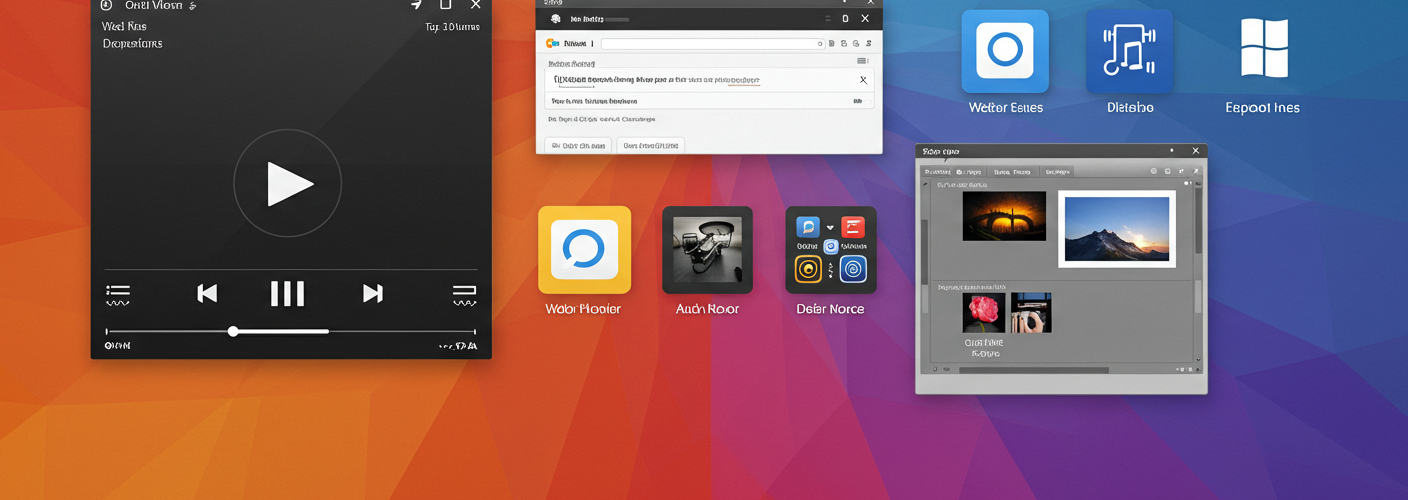As we dive into 2025, a nagging question still lingers in the minds of many Windows users: when will Microsoft make all updates optional? In an era when technology is designed to enhance user experience, the compulsory nature of Windows updates seems like an outdated practice, especially when compared to the more user-friendly approach taken by other operating systems like macOS.
For years, users have voiced their frustrations about the Windows update process. The idea that updates can interrupt critical work tasks is a genuine headache for professionals and casual users alike. While it was previously possible to delay updates, the absence of a system that allows full control over when updates are installed is a significant flaw in the Windows user experience. Many people have experienced the annoyance of their computers automatically restarting or updating during key moments, potentially leading to lost work or the disruption of important projects.
Despite the availability of various workarounds — such as configuring connection settings to set a metered connection, adjusting active hours, or even employing third-party software solutions — these are not official solutions endorsed by Microsoft. This unofficial patchwork of fixes indicates that many users feel the need to take matters into their own hands, suggesting a disconnect between user needs and Microsoft’s approach to system updates.
One must ask why Microsoft has not adopted a more flexible update system similar to macOS, where users have the option to install updates at their convenience. Apple’s method respects user autonomy while ensuring systems remain secure and up to date. On the other hand, Windows updates often feel more obligatory than choice-driven, leading to a sense of frustration and disempowerment among users.
Security and performance improvements are undoubtedly essential; however, they should not come at the cost of user control. With this in mind, it’s critical for Microsoft to reevaluate its update policies wholly. Users are not inherently resistant to updates; rather, it is the lack of choice that causes dissent. Many are willing to update their systems regularly but want the freedom to decide when to do so.
The discourse around this issue is likely to evolve, especially as more voices speak out about unnecessary interruptions during workflow. As we continue to navigate through technological advancement, user-centric designs must take precedence, especially for a company like Microsoft that prides itself on innovation and adaptability.
As we look towards an uncertain future with continuous updates, the frustration stemming from mandatory installations should encourage Microsoft to embrace a new model. It’s time for Microsoft to transition to an optional update cycle, allowing users to maintain control over their machines. This change could not only improve user satisfaction but also foster a more advanced and responsive development environment for both Microsoft and its user base.
Ultimately, when will Microsoft recognize the need for optional updates? Only time will tell, but the voices of users demanding greater autonomy are growing louder. The expectation is clear: in 2025, users want the power to decide how and when updates affect their experiences.





Add comment